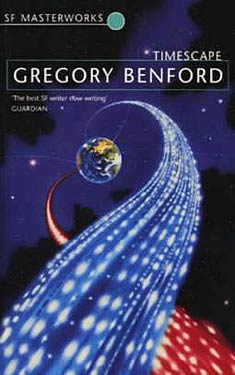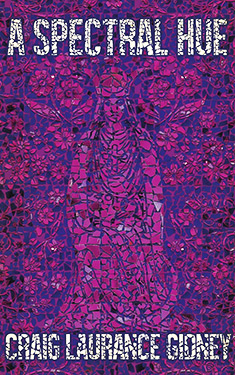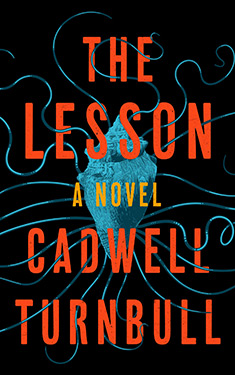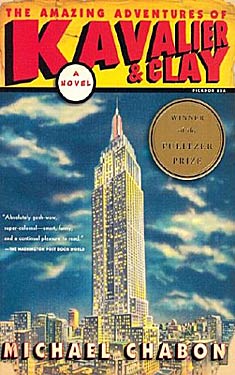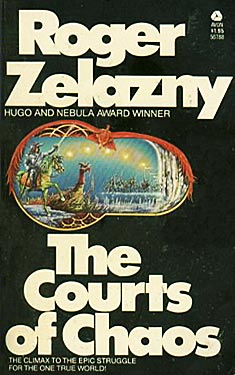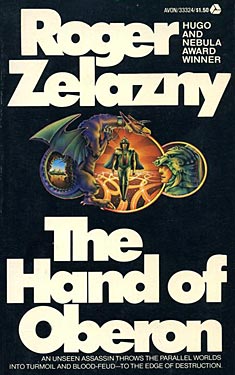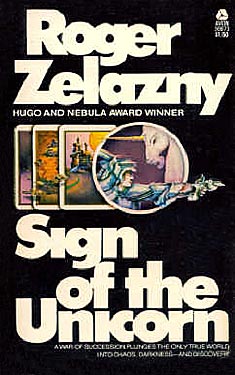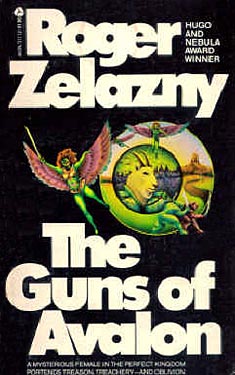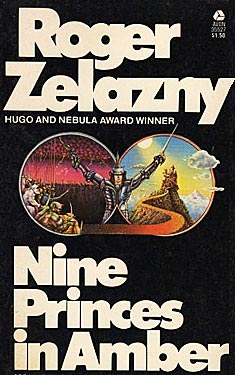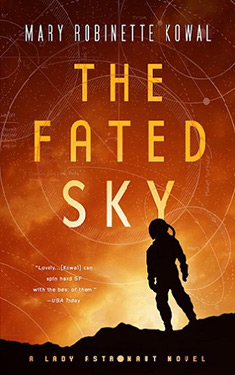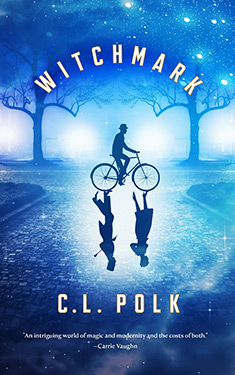Gregory Benford
Completed 9/28/2020, Reviewed 9/28/2020
2 stars
I did not enjoy this book. It’s classified as hard science fiction, and yes, it’s very hard. The author goes into excruciating detail about tachyons, hypothetical faster-than-light particles, used to communicate across time. The book is generally about the scientists from the future attempting to send messages to scientists from the past to get them to do something to avoid an ecological collapse. But what I felt this book was really about was scientists and their lives inside and outside the lab. According to this book, it’s not usually pleasant. There’s in-fighting, jealousy, power struggles, and many problems at home. Despite this book being published in 1980, it felt more like a book out of the golden age of science fiction, with its racism, sexism, and homophobia. These are relatively mild except for the depictions of women which are so 1950’s. This book won the Nebula, British SF, and Campbell Awards. It was not nominated for a Hugo.
The plot follows two
timelines. The first is 1998 where
several scientists at Cambridge are sending signals in the form of Morse Code
via tachyons to the second timeline, 1962 (18 years to and from the book’s
publication date). In 1998, there is an
algae bloom rapidly spreading in the ocean due to certain long chain molecule pesticides
and the destruction of the rain forests.
The message they are sending to 1962 contains details of the pesticides
and warnings about what their effects will be on the future. They are also trying to get funding to
maintain their experiments at a time when scientific funding is hard to come by
as it is being diverted to fight the ecological disaster. In 1962, one scientist and his grad student at
UC La Jolla discover these messages as interference in their own experiments,
but their department head doesn’t believe in it. The two continue gathering and studying the
messages despite being warned to abandon the task and focus on eliminating the
noise from their original experiment.
I liked the basic gist of the plot. It’s well-conceived and not badly executed. I actually found the writing to be quite good. I may not have enjoyed the content, but I thought it was written well. What I didn’t care for were the subplots, particularly those revolving around the relationships of the scientist, almost all of whom were white men, and their wives, girlfriends, or sexual partners. The wives of the British scientists were good, long-suffering housewives. The live-in girlfriend of the American scientist came across as somewhat liberated considering they weren’t married but she was also a Barry Goldwater supporter. There were a few women scientists, one in 1962 and one in 1998, but only the latter was featured enough to know something about her, that she was bisexual with stereotypical butch tendencies. The worst subplot followed the despicable Ian Peterson, the government guy directly responsible for deciding the funding for the 1998 project. He believed every woman was fair game, including the wives of the scientists he was working with.
That brings me to characterization. This was interesting because even though there was a lot of background given for Peterson and the main scientists, I didn’t feel like I got to know any of them. Renfrow and Bernstein were tortured and for that matter, kind of whiny. Bernstein has perhaps the fullest background, complete with Jewish mother and goy girlfriend conflicts. I didn’t empathize with either one, although in the beginning, I came close with Bernstein. I’ve already described Peterson and the women characters, all basically very cardboard.
The racism is one incident, but it’s there and pretty offensive. One of the main characters sees a black man hanging around people (presumably all white) waiting for a bus in the rain and the character assumes, in this case rightly so, that he’s a pickpocket. Granted, there were probably extremely few black people in academic circles in La Jolla in 1962, but there are also none in 1998 in England or California. The homophobia was quite stereotypical as well. Besides the butch bisexual women, one of the characters makes reference to how all waiters are gay. Well, at least the author didn’t comment on limp wrists and swishing behinds. Still, ugh.
I give this book two stars out of five. Just because the writing is decent and the science is detailed doesn’t make a book good. I need to have engaging characters. I need to find the subplots interesting. I’d rather have no references at all to blacks and LGBTQ characters than offensive ones. That way, I could have pretended that the author was writing in the 40’s or 50’s. I can’t believe this book beat others like The Snow Queen and Shadow of theTorturer for two of the aforementioned awards. After reading this book, I’m not likely to read anything else by Benford.
